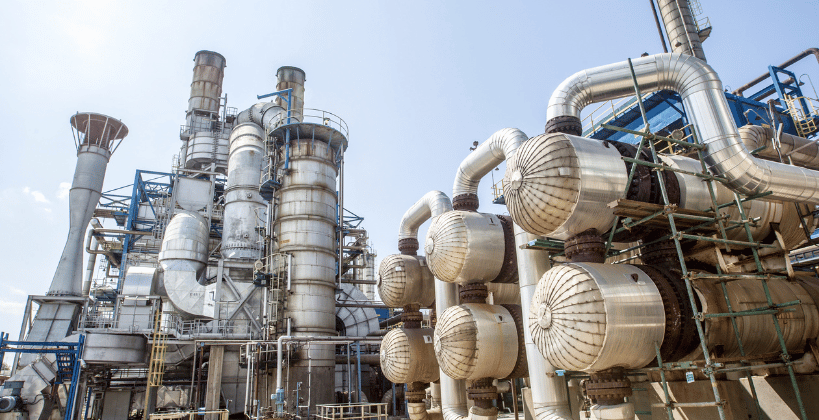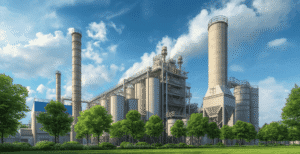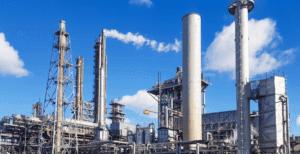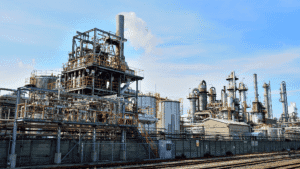Filter replacement strategies are no longer an afterthought—they’re a core component of sustainable industrial operations. In today’s high-demand sectors such as cement production, metallurgy, chemicals, power generation, and pharmaceuticals, filtration systems must operate at peak efficiency to ensure clean air, regulatory compliance, and uninterrupted production cycles.
Dengan more than a century of experience, Intensiv Filter Himenviro understands that timely and strategic filter replacement can drastically influence both operational performance and environmental responsibility. In this blog, we explore cutting-edge strategies and best practices to help you build an intelligent, cost-effective filter maintenance framework.
Understanding the Role of Filter Maintenance in Industrial Filtration
Industrial air filtration systems—whether baghouses, electrostatic precipitators, or hybrid filters—are designed to handle large volumes of particulate matter. Over time, this leads to:
Filter media degradation
Increased system pressure
Reduced airflow and energy efficiency
Greater risk of emissions beyond permissible limits
The goal is not just to replace filters but to replace them at the right time, using data, analytics, and process insights to minimize costs and maximize uptime. This strategic mindset transforms reactive maintenance into predictive asset management.
Classification of Filter Replacement Strategies
1. Scheduled Replacement (Time-Based Strategy)
This method relies on predefined intervals based on historical performance or manufacturer recommendations.
Ideal For:
Plants with consistent operational cycles
Environments with minimal dust load fluctuation
Tantangan:
May result in early replacements
Risk of downtime if wear accelerates due to variable process conditions
Pro Tip: Use this method only if you have years of stable operation data to back your interval choice.
2. Performance-Based Strategy Using Differential Pressure Monitoring
By continuously tracking the differential pressure across filters, operators get a precise understanding of media condition.
Optimal pressure range: 100–150 mm WC for most baghouse filters
Beyond threshold: Signal overloading or filter failure
Many Intensiv Filter Himenviro systems come equipped with smart controllers Dan differential pressure gauges that provide real-time alerts when filter performance drops.
3. Predictive Strategy Using Smart Sensors & IoT
This advanced strategy leverages real-time sensor data and analytics to predict filter failure before it occurs.
Key Parameters Tracked:
Dust loading rates
Pressure fluctuations
Ambient and process temperature
Humidity and moisture content
Emission levels downstream
Manfaat:
Eliminates unplanned outages
Improves spare part planning
Enables condition-based alerts and automatic maintenance scheduling
Did You Know? Intensiv Filter Himenviro is integrating AI-driven diagnostic systems to help plant managers optimize filter lifecycle costs and increase system resilience.
4. Condition-Based Inspection Strategy
Sometimes, especially in complex plants, visual and physical inspections are still vital. This involves:
Checking for filter tears, abrasion, chemical attack
Measuring residual dust cake
Inspecting filter cages, pulse jet valves, or reverse air systems
Testing filter media permeability in labs (for critical operations)
This is particularly useful in industries where dust composition varies, such as in smelting, recycling, or pharmaceutical production.
5. Process-Integrated Replacement Strategy
Modern plants increasingly rely on automation systems that integrate filter condition with the broader process control system (DCS atau SCADA). Here’s how it works:
Filter clogging data is matched with the process throughput
Emission spikes are linked with specific filter modules
Replacement is initiated when process thresholds are at risk
This strategy is a game changer for large plants operating under tight emission control norms (e.g., <30 mg/Nm³ for PM emissions).
The Economic Impact of Poor Replacement Planning
Inadequate filter replacement doesn’t just affect air quality—it has direct cost implications:
- Higher fan load increases energy bills
- Excessive pressure drop reduces throughput
- Overloaded filters may release fine particulates, causing non-compliance penalties
- Emergency replacements cost more than scheduled ones
- Production downtime = loss in revenue
A well-planned strategy can save up to 20% annually in total filtration costs.
How Intensiv Filter Himenviro Supports Long-Term Maintenance Planning

Backed by 100 years of experience, we offer complete support to implement world-class filter replacement strategies, including:
- On-site audits for system analysis
- Digital monitoring integration
- Custom maintenance schedule planning
- OEM filter spares and upgrades
- Remote diagnostics and support
We specialize in filter systems for cement kilns, boilers, spray dryers, furnaces, and pharmaceutical dryers—each with its own performance dynamics.
Conclusion: Filter Replacement Strategy as a Competitive Advantage
Gone are the days when filter replacement was reactive and manual. Today, filter replacement strategies are a key part of operational excellence and environmental stewardship.
With Intensiv Filter Himenviro’s century-old expertise, advanced diagnostics, and custom solutions, your plant can transition from reactive to predictive maintenance, improving uptime, reducing emissions, and maximizing return on investment.







